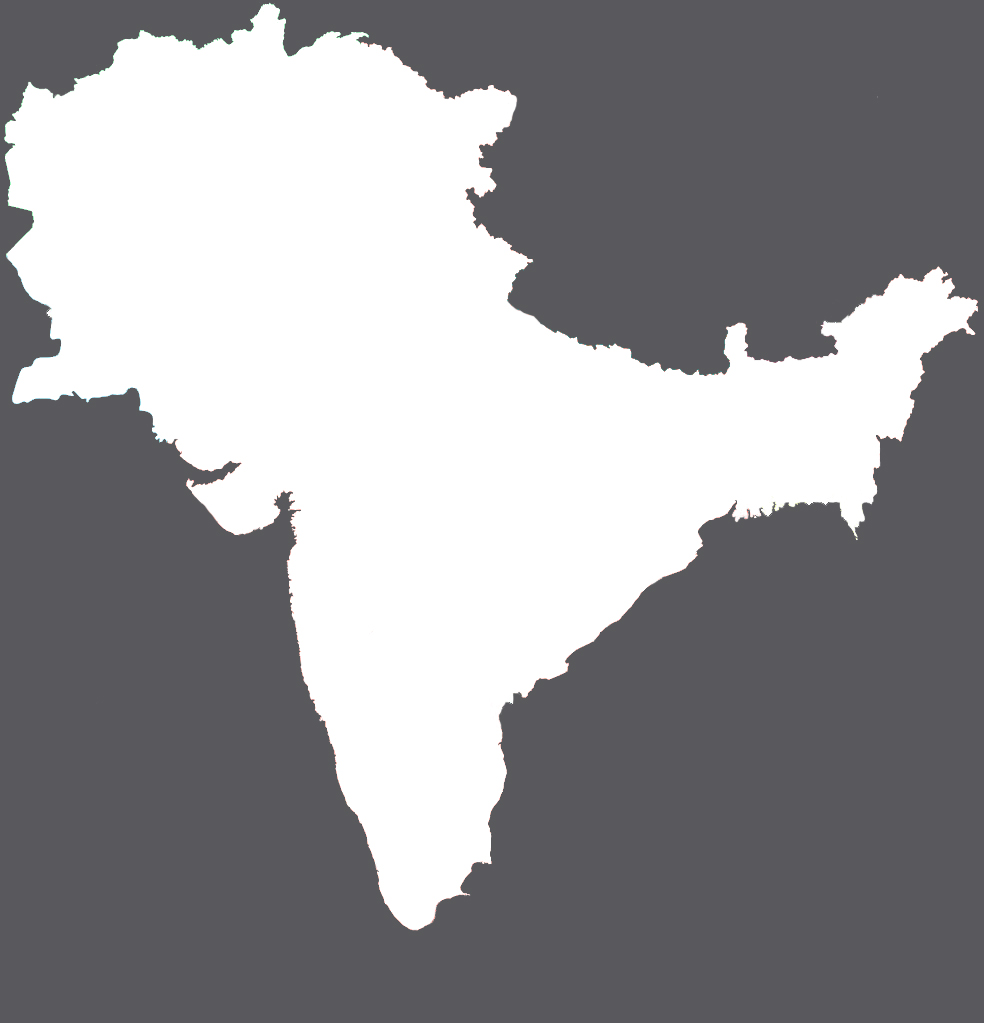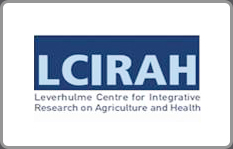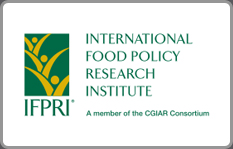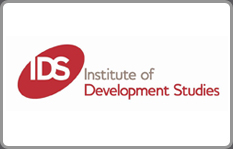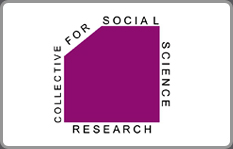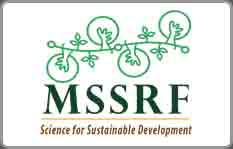Agriculture, nutrition and gender in India

The South Asian region and in particular India, has one of the highest rates of child undernutrition in the world, and is home to around 40 per cent of the global total of children who are stunted. Child stunting has been shown to have severe lifelong economic, health, and cognitive disadvantages and costs. Understanding the reasons for the persisting high prevalence of child undernutrition in India in the face of the relatively strong economic performance has emerged as an important research area in recent years and is the focus of LANSA’s research in the region.
LANSA research in India, under the research theme, ‘How enabling is the wider context in linking agriculture and food systems to other determinants of nutritional status?’ focuses on understanding the barriers and facilitators to nutrition-sensitive agricultural development in the country. Based on the analyses and empirical work on the available large secondary datasets, these studies expect to elaborate the pathways that connect agriculture and nutrition and the type and degree of interaction with other non-food drivers . This research brief summarises the key findings from the different studies undertaken by LANSA on agriculture-nutrition linkages and child undernutrition in India.

